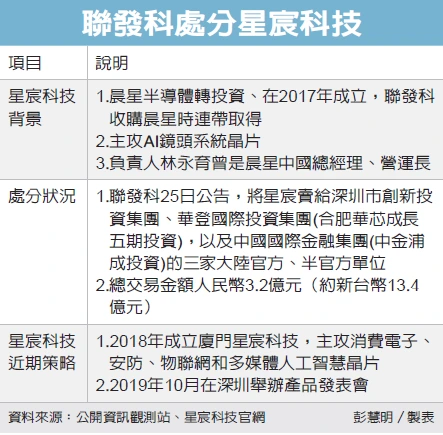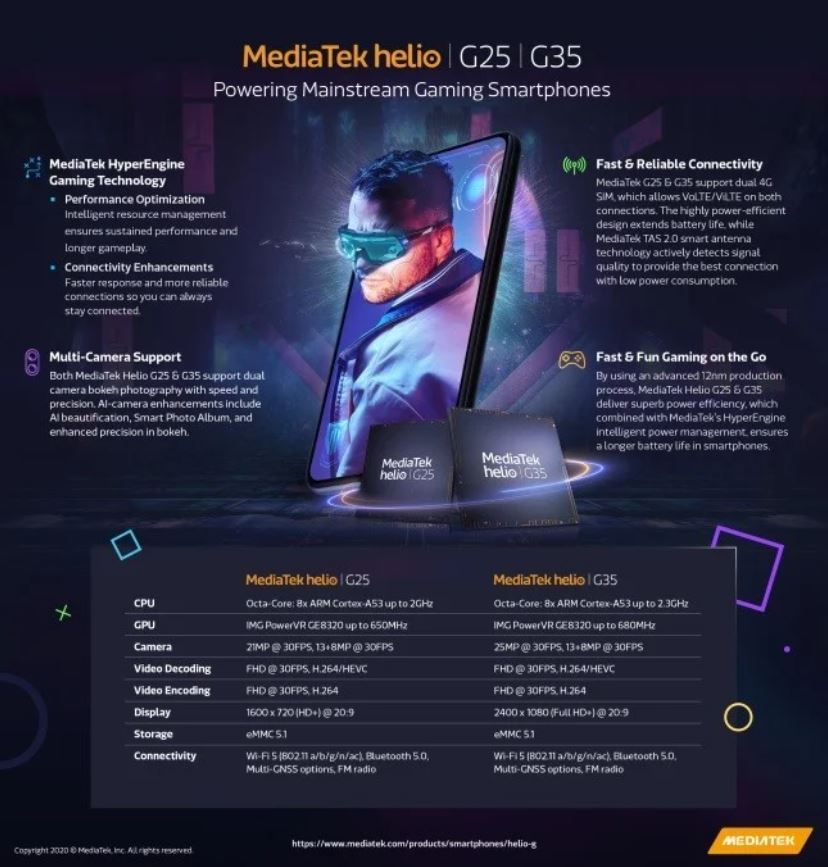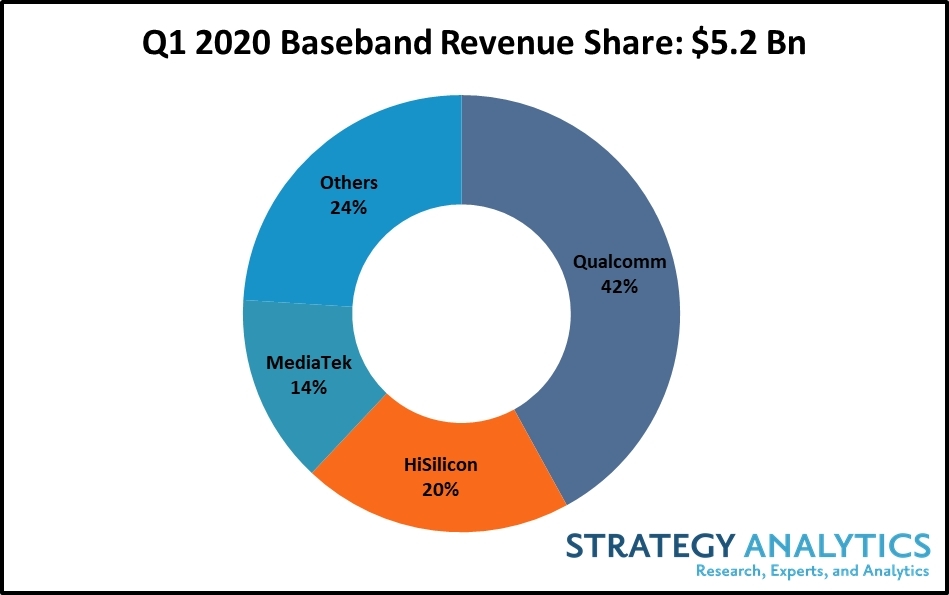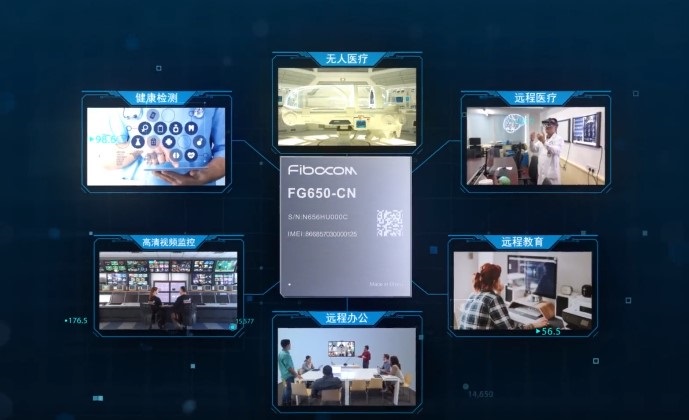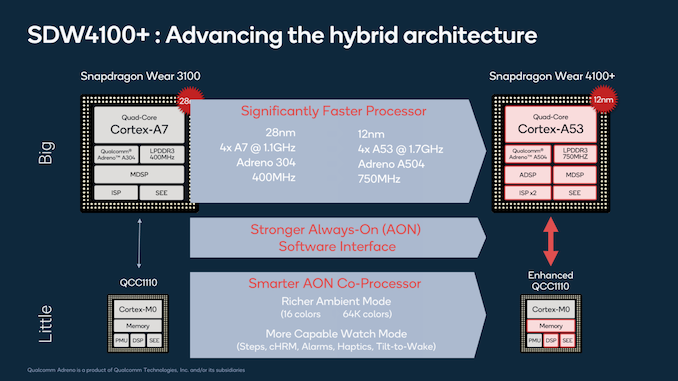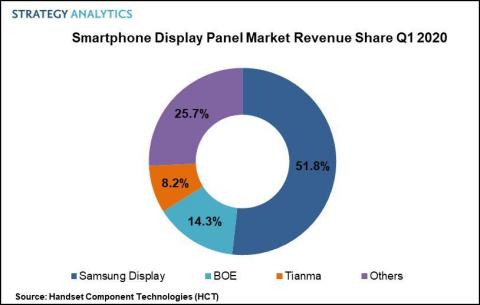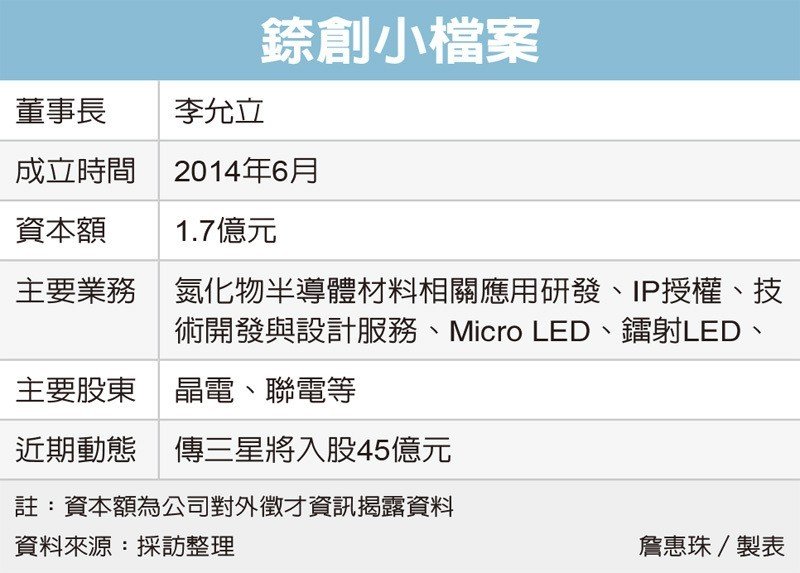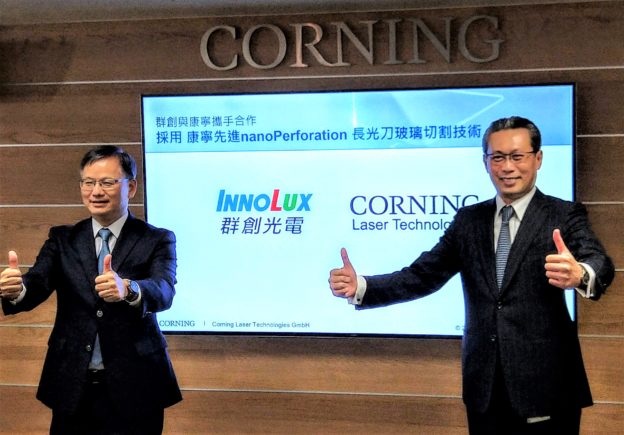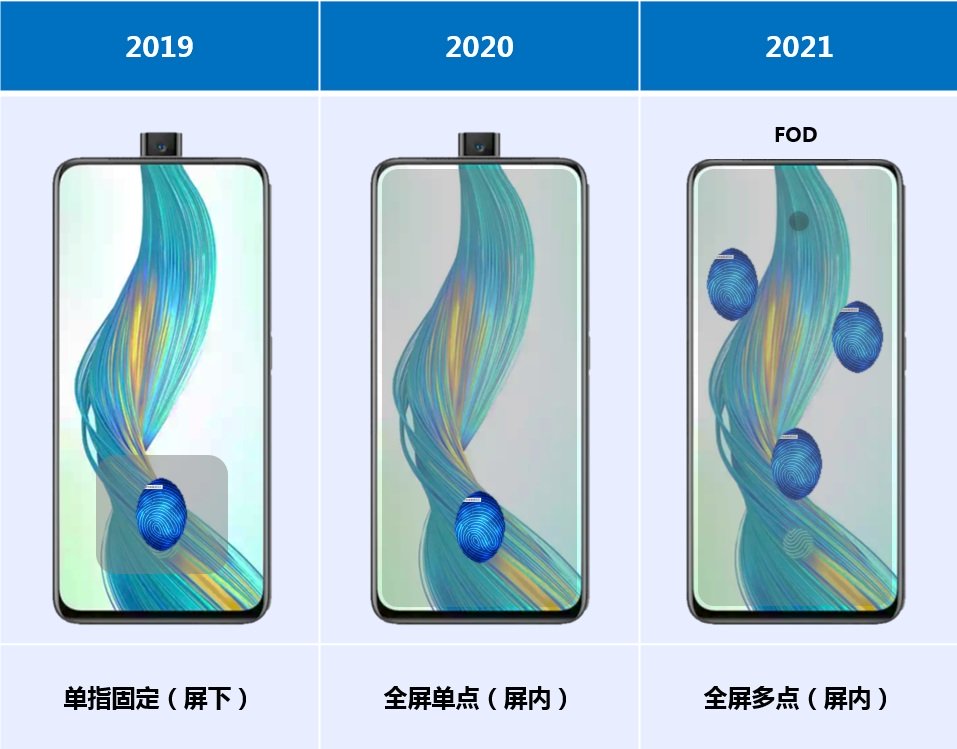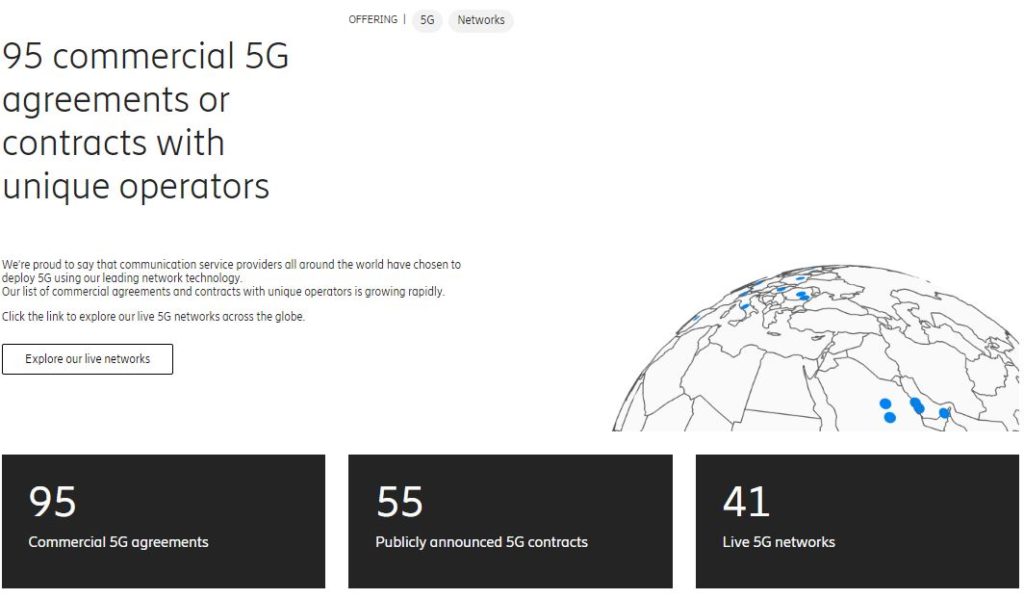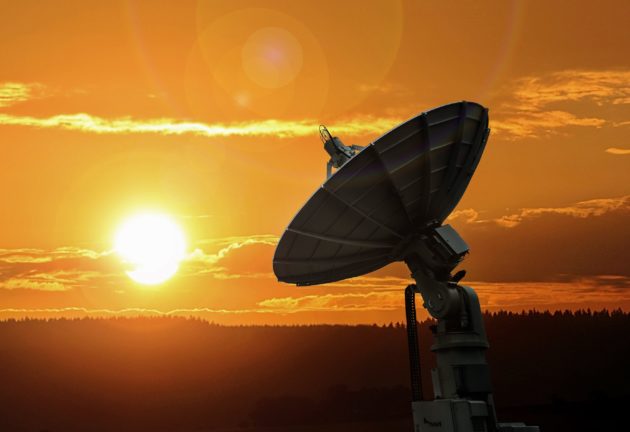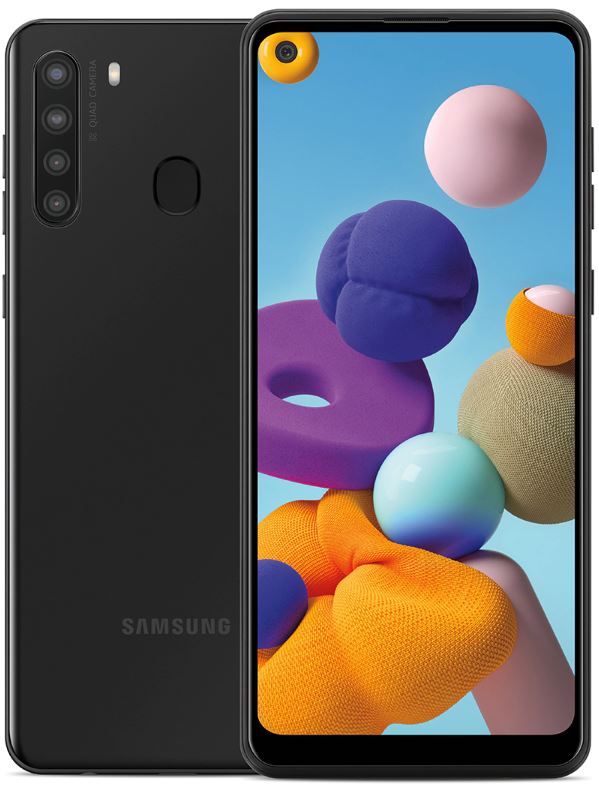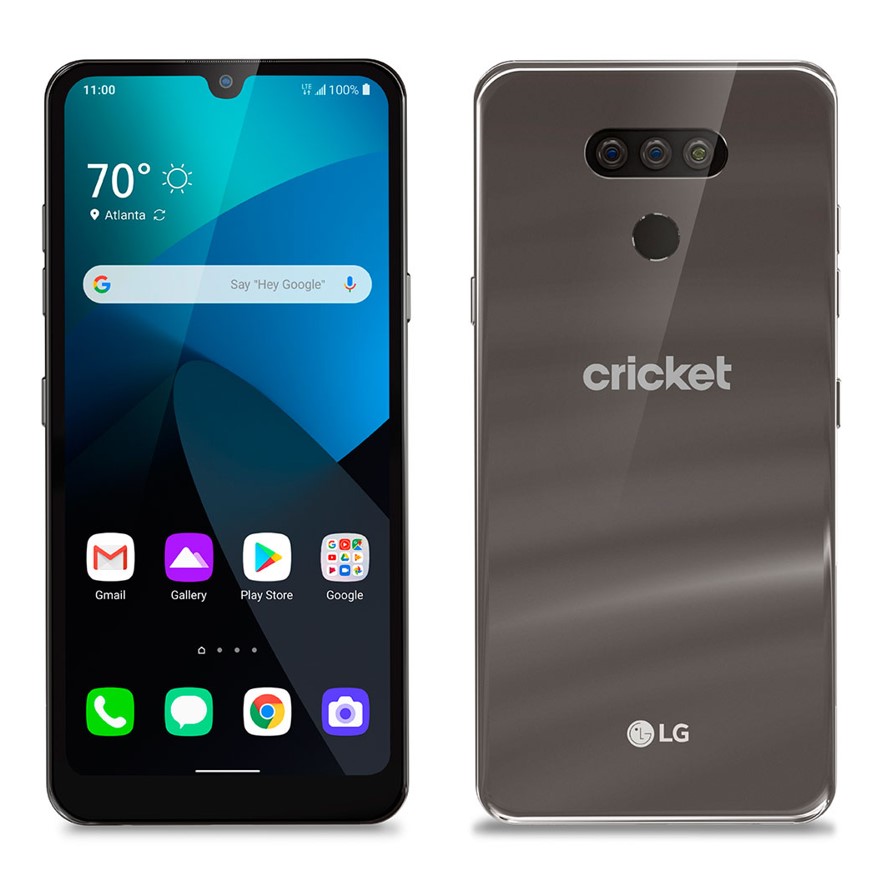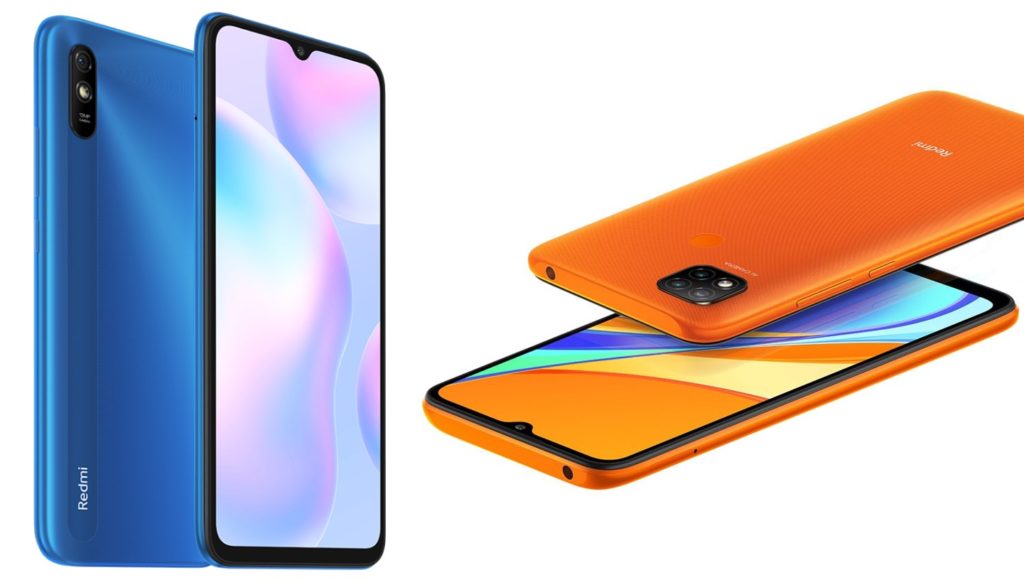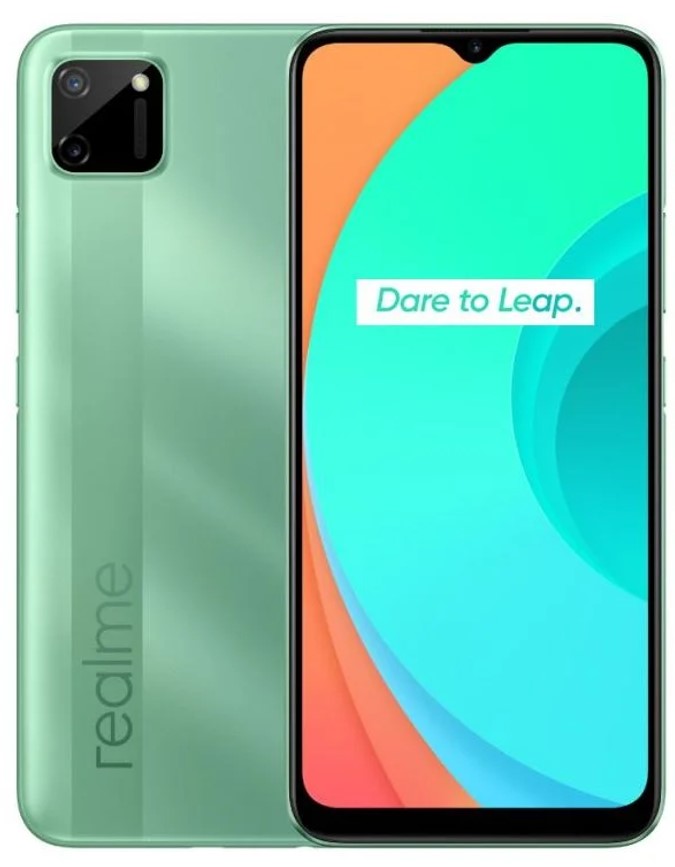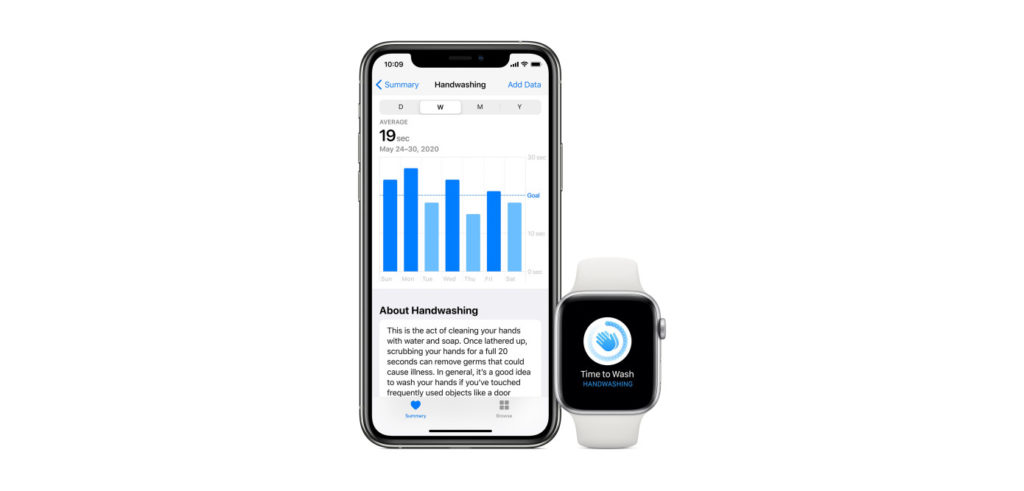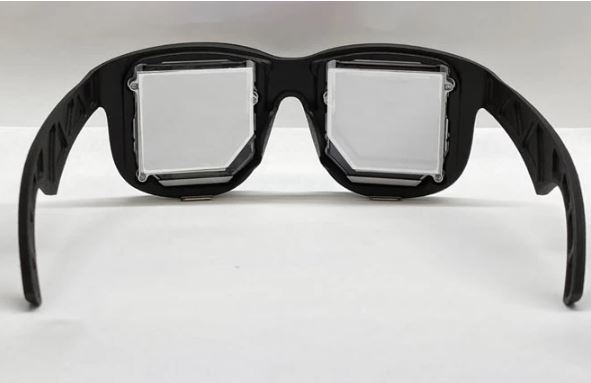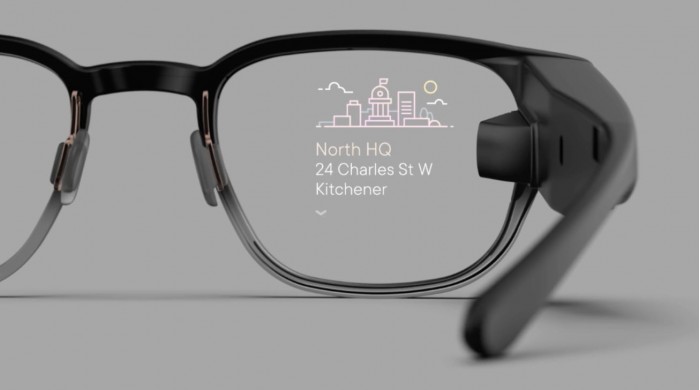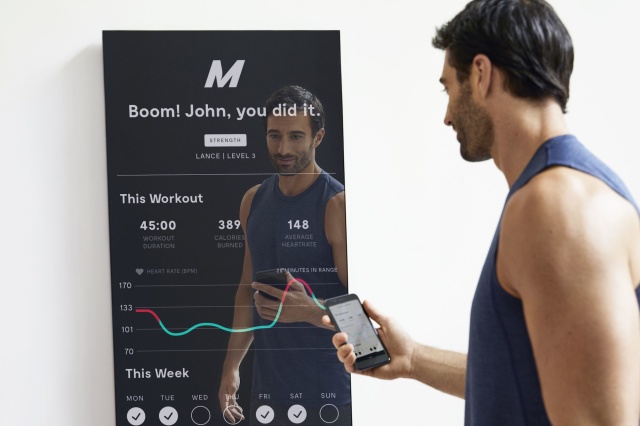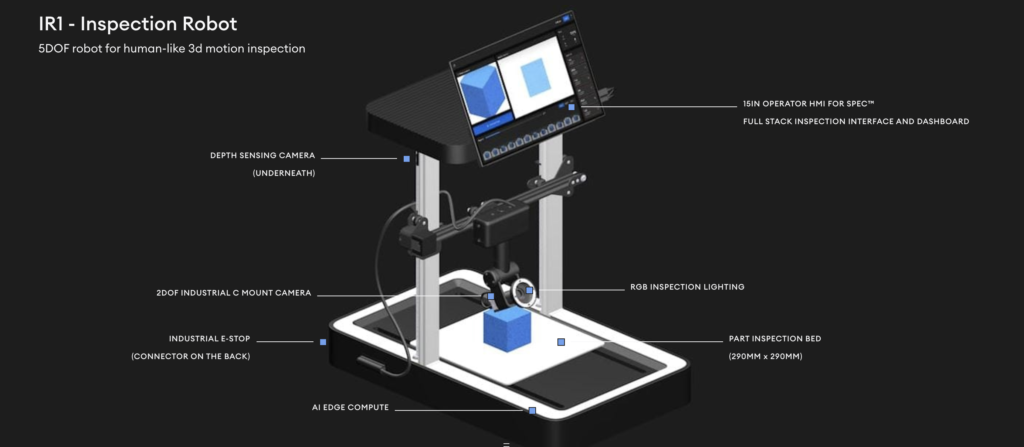
7-1 #Workworkwork: MediaTek has announced Helio G25 and G35; Qualcomm is announcing new Snapdragon Wear 4100 and Wear 4100+ platforms; Tsinghua Unigroup will start building a previously planned DRAM chip plant by the end of 2020; etc.
Sigmastar Technology, a subsidiary of MediaTek, has announced the sale of its stake in Xiamen StarTech, with a total transaction value of about CNY320M. Startech was established in 2017, the main direction is consumer electronics, security, internet of Things and multimedia camera chips. (CN Beta, UDN)
MediaTek has introduced two new “gaming-focused” chipsets , equipped with “HyperEngine”, that are aimed at entry-level phones. Both Helio G25 and G35 chipsets are built on a 12nm FinFET production process. The Helio G25 uses eight ARM Cortex-A53 cores clocked at 2.0 GHz, with an IMG PowerVR GE8320 GPU running at 650MHz. Helio G35 is similar to the Helio G25 in most areas, but comes with a few minor upgrades. Its eight ARM Cortex-A53 cores run at a higher 2.3GHz clock speed, while the IMG PowerVR GE8320 GPU is clocked at 680MHz. (CN Beta, Android Central, MediaTek)
Xiaomi will allegedly collaborate with MediaTek to develop a new custom made smartphone chip for future smartphones. Xiaomi has been in the search of a custom chip its smartphones. With its Surge lineup is virtually gone, the answer for the company’s desire might be on MediaTek. (GizChina, Weibo, My Drivers)
The global cellular baseband processor market grew 9% YoY to reach USD5.2B in 1Q20, according to Strategy Analytics. Qualcomm, HiSilicon, MediaTek, Intel and Samsung LSI featured in the top-five cellular baseband processor revenue share rankings in 1Q20. 5G baseband shipments accounted for almost 10% of total baseband shipments, whilst 4G baseband shipments declined for the seventh consecutive quarter in 1Q20. (Laoyaoba, Strategy Analytics)
An order document signed by Xiaomi has revealed that the price of the Snapdragon 875 Mobile Platform is around USD250. This price includes both the application processor and the Snapdragon X60 5G modem. Currently, Snapdragon 865 ships to manufacturers for USD150~160. (GizChina, Gizmo China, Clien, IT Home)
Chinese wireless communication equipment maker Fibocom Wireless has announced the FG650, a 5G module with UNISOC Ivy V510, in partnership with UNISOC. It supports SA and NSA dual-mode networking, 5G Sub 6 and mainstream global frequency bands. It is backward compatible with 4G/3G, and the pin design is compatible with mainstream 5G modules and LGA package. (CN Beta, Sina, TechPost)
Qualcomm is announcing new Snapdragon Wear 4100 and Wear 4100+ platforms. The new chips support devices with cameras up to 16MP and offer optional support for 4G LTE. Qualcomm says we can expect the first devices with Snapdragon Wear 4100 series processors to begin shipping within Jul 2020. (AnandTech, Liliputing, Qualcomm, Qualcomm, Android Authority, CN Beta)
In 2019, Samsung Display announced its 90Hz OLED display in which the company claims to have optimized the high-speed motion. Samsung is now saying that its 90Hz OLED panels are good as 120Hz LCD panels. A global certification company SGS reveals that the blue length or image drag of Samsung 90Hz OLED and 120Hz OLED screens is 0.9mm and 0.7mm, and the response speed of dynamic images is recorded at 14ms and 11ms respectively. (Gizmo China, IT Home, CPW)
The global smartphone display panel market recorded total revenue of USD9.0B in 1Q20, according to the Strategy Analytics. The total smartphone panel revenues witnessed a growth of 3% YoY owing to the rise in the demand for OLED panels from smartphone customers. In 1Q20, Samsung Display led the smartphone display market with 52% revenue share followed by BOE Technology and Tianma Microelectronics. (GizChina, Sam Mobile, Strategy Analytics)
Taiwan-based PlayNitride plans to raise an additional fund of USD50M for the establishment of its second production line for micro LED epitaxial wafers and chips, according to company CEO Charles Li. The production of micro LED chips from PlayNitride’s second production line will enable the firm’s major partner Samsung Electronics to ramp up its shipments of micro LED-backlit TVs starting 2H21. (Digitimes, press, Yahoo, China Times, Digitimes)
Corning has announced that Innolux will use Corning Laser Technologies (CLT) Large Platform Cutting Tool and Full Automation System for making high-end car display panels, enhancing design flexibility, cutting accuracy and manufacturing of glass sensor panels for automotive applications. (Digitimes, press, Corning, TechNews, UDN)
Tsinghua Unigroup will start building a previously planned DRAM chip plant by the end of 2020, as China chases its goal of reducing reliance on overseas suppliers amid U.S.-imposed sanctions. The company seeks to begin mass-producing the DRAM chips sometime in 2022. The company is reportedly considering a total investment of CNY800B (USD110B) in its DRAM operations over 10 years. (Sohu, Laoyaoba, Asia Nikkei)
TCL’s China Star Optoelectronics Technology (CSOT) has developed a new in-display fingerprint technology for LCD screens. Dubbed Full-Screen Single-Point In-Display Fingerprint Technology, it allows for better functioning of the infrared scanner and for better and faster recognition of fingerprints. It also covers a larger area (about 92%) compared to the previous generation. It is believed single-point would be launched within 2020, and full-screen would be launched in 2021. (Gizmo China, IT Home)
It is rumoured that 3 out of 4 gaming phone manufacturers in China are “testing and promoting the commercialization” of 100W charging technology. The main selling point of gaming phones released in 1Q21, along with Qualcomm Snapdragon 875 chipset. (Android Authority, Weibo, IT Home, GizChina, Sina)
Ericsson currently has 95 5G commercial contracts. As of now, Ericsson has a publicizable 5G commercial contract with 54 operator customers. In addition, it provides equipment for 40 already operational 5G commercial networks in 23 countries. (GizChina, Ericsson)
The Federal Communication Commission (FCC) has declared Huawei and ZTE “national security threats”, a move that will formally ban U.S. telecom companies from using federal funds to buy and install Huawei and ZTE equipment. (TechCrunch, Market Watch, Reuters, CN Beta)
Amazon Web Services (AWS) is forming a dedicated business unit called Aerospace and Satellite Solutions that is focused on space projects. AWS has previously worked with both the public and private sector in the space industry, supporting everything from satellite design to spaceflight operations. The Aerospace and Satellite Solutions will seek to offer a wide array of services to companies in the industry. (CN Beta, Amazon, TechCrunch, CNBC)
Samsung Electronics will allegedly reduce the number of smartphones its produce this year by 40M units from its initial target, an adjustment caused by the impact of the COVID-19 pandemic. The company initially set its smartphone shipment target at 280M units earlier 2020 but this has been reduced by 15% to 240M units. Its goal for the total number of mobile device shipment, which includes feature phones and tablets as wells, has been reduced from the initial 330M units to 280M units. (Laoyaoba, The Elec)
The Ministry of Electronics and Information Technology of India has a press release to “ban 59 mobile apps”. It further states that these apps are “prejudicial to sovereignty and integrity of India…”. They are all from Chinese companies, some of which are very popular apps. (GizChina, Press Information Bureau, CN Beta)
OnePlus has announced a new product line of cheaper phones called OnePlus Nord, with the goal of making the “premium OnePlus experience accessible to more users”. (CN Beta, The Verge, TechRadar, 9to5Google)
Samsung Galaxy A21 is launched with Metro by T-Mobile US – 6.5” 1600×720 HD+ HiD Super AMOLED, MediaTek Helio P35, rear quad 16MP-8MP ultrawide-2MP macro-2MP depth + front 13MP, 3+32GB, Android 10.0, rear fingerprint scanner, 4000mAh 15W, USD250. (Phone Arena, Metro, T-Mobile, Samsung)
LG Harmony 4 is unveiled with Cricket Wireless – 6.1” 1560×720 HD+ u-notch, MediaTek Helio P22, rear dual 13MP-5MP ultrawide + front 8MP, 3+32GB, Android 10.0, rear fingerprint scanner, 3500mAh, USD140. (GSM Arena, Cricket Wireless, LG)
Redmi 9A and 9C are announced in Malaysia: Redmi 9A – 6.528” 720×1600 HD+ IPS v-notch, MediaTek Helio G25, rear 13MP + front 5MP, 2+32GB, Android 10.0, rear fingerprint scanner, 5000mAh, MYR359 (USD85). Redmi 9C – 6.528” 720×1600 HD+ IPS v-notch, MediaTek Helio G35, rear tri 13MP-5MP macro-2MP depth + front 5MP, 2+32GB, Android 10.0, rear fingerprint scanner, 5000mAh, MYR429 (USD100). (GSM Arena, My Drivers, Facebook, Gizmo China)
realme C11 is launched in Malaysia – 6.517” 720×1600 HD+ v-notch, MediaTek Helio G35, rear dual 13MP-2MP depth + front 5MP, 2+32GB, Android 10.0, no fingerprint scanner, 5000mAh 10W, MYR429 (USD100). (Gizmo China, realme)
Alongside features like hand washing detection, Apple says it is supporting further research to help turn the Apple Watch into a device to fight COVID-19. Apple has pushed a number of initiatives to help curb the spread of the virus. That includes everything from its Exposure Notification with Google to the watchOS 7 hand washing feature. The device has allowed doctors to remotely monitor a patient’s ECG without risking infection. (Apple Insider, TechCrunch)
Facebook Reality Labs and Oculus brand have been developing a streamlined VR headset. Their latest effort is a pair of easy-to-wear VR sunglasses, though they are just a proof-of-concept device at this stage. It uses holographics with flat films for the optics. The displays are less than 0.35” thick, helped by polarisation-based optical folding that moves the light forward and back multiple times. (Pocket-Lint, Gizmodo, Facebook, CN Beta)
Niantic teaming up with theater group Punchdrunk to bring its technology to the stage. By adding AR to immersive drama, the two hope to create a new type of narrative experience. Niantic also announced that it has been experimenting with AR glasses and other wearables. (Engadget, Niantic Labs)
Google has announced it has acquired North, a company focused on making the augmented reality (AR) glasses, saying that North’s “technical expertise” will help Google invest in its “hardware efforts and ambient computing future”. With the acquisition, North says it will wind down its Focals smart glasses functionality. (The Verge, Google, CN Beta)
Lululemon has bought home fitness startup Mirror for USD500M to “accelerate the growth of personalized in-home fitness”. Mirror positions Lululemon to accelerate its vision and build upon an ecosystem that will fuel the company’s Power of Three growth plan, which includes driving the business through omni guest experiences. (Engadget, Business Wire, CN Beta)
Robotics startup Elementary Robotics has raised USD12.7M to help build robots that automate quality assurance tasks in the manufacturing and logistics industries. Founded in 2017, Los Angeles-based Elementary Robotics said it has built a hardware and software platform for applying machine learning and computer vision for intelligent automation of quality and traceability workflows in manufacturing and logistics. (VentureBeat, TechCrunch, Bizjournal)

